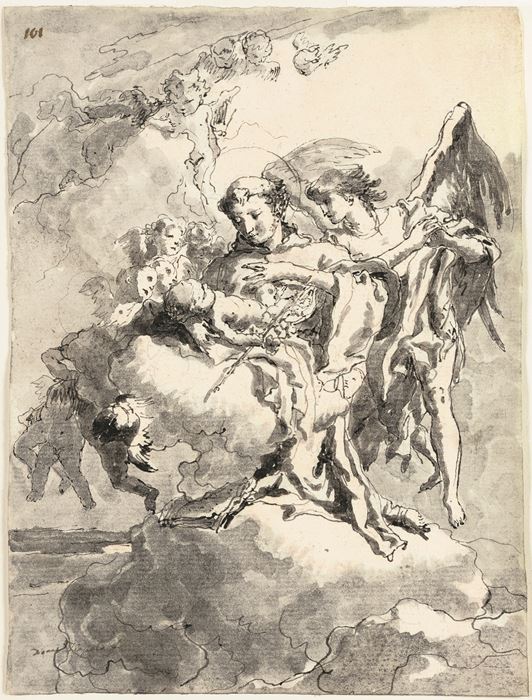Description & Technical information
This drawing may be included among a large series of drawings by Domenico Tiepolo on the theme of Saint Anthony and the Christ Child, in all likelihood executed following his return to Venice from Spain in 1770. The artist drew several such series of drawings - depicting both religious and secular subjects – characterized by variations on a single theme. James Byam Shaw has noted of such drawings that, ‘Sometimes the theme itself derives from some great work of Giovanni Battista Tiepolo, sometimes it is apparently Domenico’s own. In either case, he takes an evident pride and pleasure in ringing the changes, devising new pictorial patterns, new relationships of figure to figure, while the essential material remains the same: and all within a limited scope – for, as always in Domenico’s work, whether painting or drawing, there is little attempt at composition in depth; it is on one plane, in two dimensions, whether the scene is on terra ferma or in the clouds.’ As Byam Shaw has further written, ‘Perhaps the most charming of Domenico’s religious series is that of St Anthony of Padua holding the infant Christ, sometimes standing at the steps of an altar, but more often floating in clouds, attended by angels or cherubs or winged cherubs’ heads.'
It is thought that Domenico’s series of drawings depicting variations on the theme of Saint Anthony of Padua with the Christ Child may have been inspired by his father Giambattista’s late altarpiece of the same subject, painted in 1769 for the church of the convent of San Pascual Baylon at Aranjuez and today in the Prado. The altarpece was part of a cycle of seven oval paintings commissioned from the elder Tiepolo at the very end of his career, and Domenico is thought to have assisted his father with the commission.
The popularity of the 13th century Saint Anthony of Padua was not confined to Spain, and depictions of the saint were common in the Veneto from the 16th century onwards. As another scholar has noted, ‘The theme of Anthony in glory, assumed into heaven, had been central to the iconography of the saint since the seventeenth century...The Saint’s popularity in Venice burgeoned in the second half of the seventeenth century: in 1651 one of his relics was translated from Padua to Santa Maria della Salute, and was thenceforth visited every year by the Doge on July 13th. During the period from which Domenico’s drawings date, probably no other saint besides the Virgin was so popular in the Serenissima.’ The subject also appears in one of the finished drawings of the so-called ‘Large Biblical Series’ by Domenico Tiepolo, which is now in a private collection in Texas.
The present sheet was at one time part of an album of more than 160 drawings by Domenico Tiepolo which was dispersed at auction in London in 1965. The cover of the album bore the title ‘DISEGNI A PENA DA CUADRETTI GIO: DOMENICO FIGLIO DI GIO: BATA’: TIEPOLO CON ALCUNI DISEGNI DEL SUDETTO’, while the inside back cover was inscribed in an 18th century Italian hand - possibly that of the artist Francesco Guardi - ‘Questi Disegni Sono no.160. tutti Originali Costa Cechini 15 da Lire 22 L’uno.’ A very similar inscription is found on another album of drawings by Domenico Tiepolo, in the Museo Correr in Venice, and it has been suggested that both of these albums may have been in the possession of Francesco Guardi (1712-1793), Domenico’s uncle, who was offering them for sale. The title page of the album was inscribed ‘162 Dessin de Dominique Tiepolo fils de Jean Baptiste Tiepolo Venetien’ and bore the bookplate of Horace Walpole, 4th Earl of Orford (1717-1797)4. The album, which included twenty drawings on the theme of Saint Anthony and the Christ Child, later entered the collections of the Earls Beauchamp, and was dispersed at auction in 1965.
Other drawings of this subject by Domenico Tiepolo are today in the collections of the Musée des Beaux-Arts in Besançon, the Kupferstichkabinett in Dresden, the Metropolitan Museum of Art in New York, the National Gallery of Canada in Ottawa, the Staatsgalerie in Stuttgart, the Albertina in Vienna, the Martin von Wagner-Museum in Würzburg, and elsewhere.
Pen and brown and grey ink and grey and black wash, over an underdrawing in black chalk.
Medium: Pen and brown and grey ink and grey and black wash
Signature: Signed Dom.o Tiepolo f. at the lower left.
Numbered 101 at the upper left.
Dimensions: 24.4 x 18.1 cm (9⁵/₈ x 7¹/₈ inches)
Provenance: Part of album of drawings by Domenico Tiepolo with provenance as follows:
Possibly Francesco Guardi, Venice
Horace Walpole, 4th Earl of Orford, Strawberry Hill, Twickenham, Middlesex
William Lygon, 8th Earl Beauchamp, Madresfield Court, Worcestershire
His sale (‘Drawings by Giovanni Domenico Tiepolo, The Property of the Rt. Hon. The Earl Beauchamp, D.L., J.P.’), London, Christie’s, 15 June 1965, lot 21
His sale, London, Christie’s, 15 June 1965, lot 21
Anonymous sale, London, Sotheby’s, 3 July 1996, lot 95
Flavia Ormond, London, in 1997
Private collection.
Literature: Wolfgang Schulz, ‘Tiepolo-Probleme: Ein Antonius-Album von Giandomenico Tiepolo’, in Wallraf-Richartz-Jahrbuch, 1978, p.72; James Byam Shaw, ‘Some Unpublished Drawings by Giandomenico Tiepolo’ Master Drawings, Autumn 1979, p.240, under no.2.
Exhibitions: New York, Flavia Ormond Fine Arts at Adelson Galleries, Italian Old Master Drawings 1500-1850, 1997, no.11; Stanford University, Cantor Center for Visual Arts, Classic Taste: Drawings and Decorative Arts from the Collection of Horace Brock, March-May, 2000; Boston, Museum of Fine Arts, Splendor and Elegance: European Decorative Arts and Drawings from the Horace Wood Brock Collection, 2009, no.96.
Categories: Paintings, Drawings & Prints
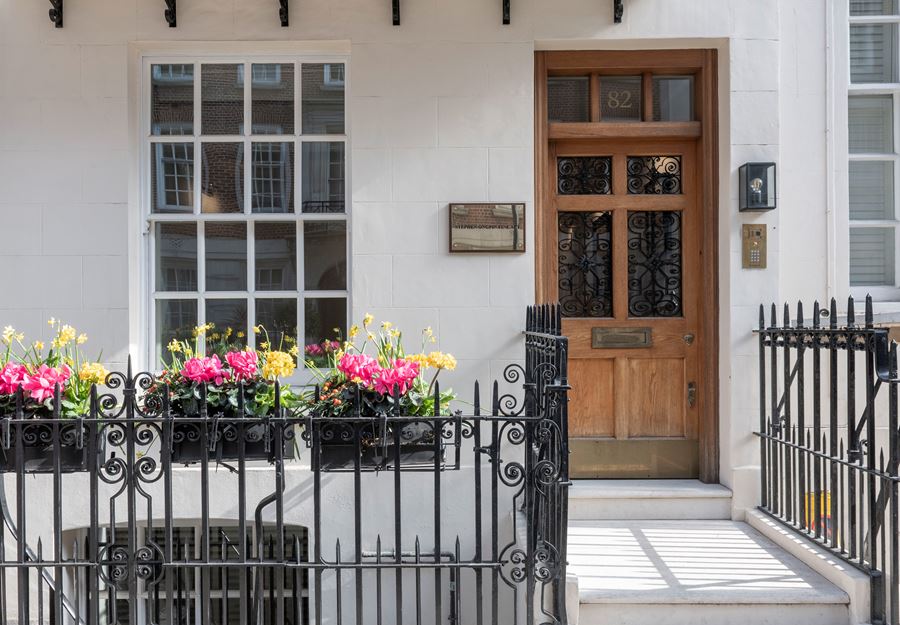
Discover the gallery
Stephen Ongpin Fine Art
Old Master, 19th Century and Modern Drawings, Watercolours and Oil Sketches
More Works From This Gallery
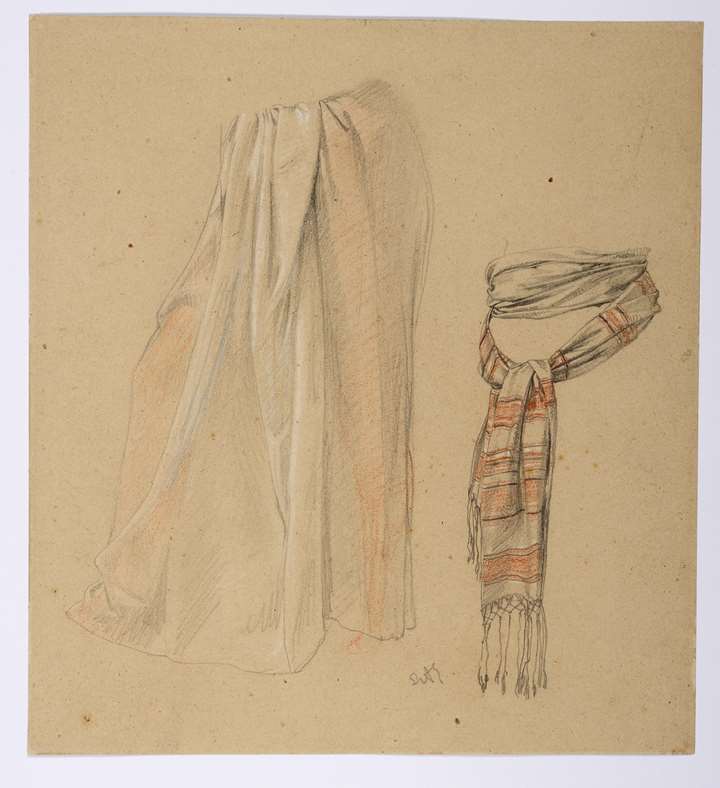
Stephen Ongpin Fine Art
Studies of a Skirt and a Tied Scarf
Sir Lawrence Alma-Tadema (Netherlands, 1836 - 1912)
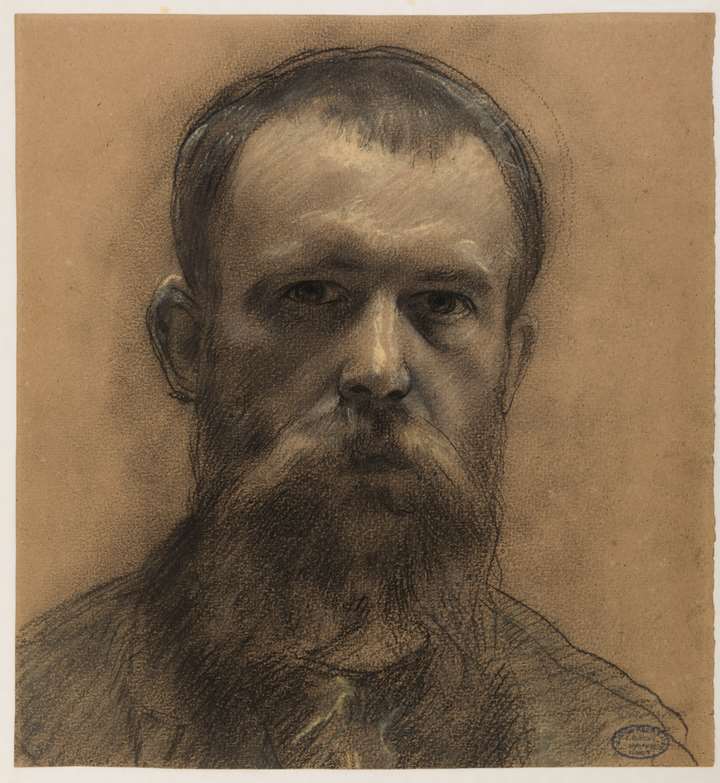
Stephen Ongpin Fine Art
Self Portrait
François-Joseph GUIGUET (Corbelin , 1860 - Corbelin , 1937)
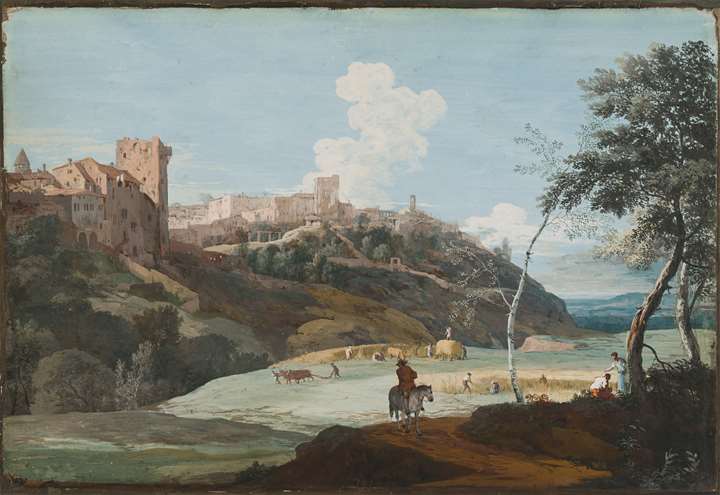
Stephen Ongpin Fine Art
Summer Landscape with an Italian Hill Town and Grain Harvesters
Marco RICCI (Belluno, 1676 - Venice, 1730)
 III_T637752695503075771.jpg?width=720&height=1200&mode=max&quality=60)
Stephen Ongpin Fine Art
Embracing Couple (Couple enlacé) III
Pablo Picasso (Malaga, 1881 - Mougins, 1973)

Stephen Ongpin Fine Art
Studies of Three Arms and Hands
Abraham Bloemaert (Gorinchem, 1566 - Utrecht, 1651)
, 1963_T638450929739285139.jpg?width=720&height=1200&mode=max&quality=60)
Stephen Ongpin Fine Art
Ohne Titel (Untitled), 1963
Ernst Wilhelm NAY (Berlin, 1902 - Cologne, 1968)

